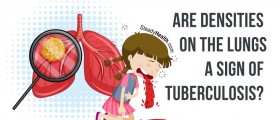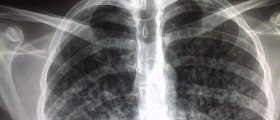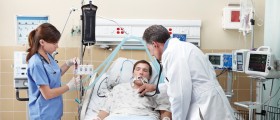
Transmission of TB
TB is a short name for Tuberculosis, a common and usually lethal infectious disease caused by various strains of mycobacterium. The most common cause of infection is Mycobacterium tuberculosis, which typically attacks the lungs and often spreads to other parts of the body. Infection is spread from people with active pulmonary tuberculosis by cough, sneeze, spit, or any kind of expel of infectious aerosol droplets. A single sneeze releases no less than 40,000 infectious droplets, and every single one of them can transmit the disease. What is extremely complicated about tuberculosis is that in most affected individuals it does not show any obvious symptoms. The latent infection progresses to an active disease in only 10% of cases. It is estimated that about one third of world’s population carries Mycobacterium tuberculosis inside their bodies. These latent carriers can infect about 10 to 15 healthy individuals per year. People with compromised immune system, those who are already suffering from various other diseases, and those who are taking immunosuppressive drugs, are at the highest risk of infection. Therefore, it is very important to prevent transmission of tuberculosis in hospitals. Health care workers are also at the highest risk of this disease, especially if they are serving high-risk clients.
Prevention of TB in hospitals
There are two different ways to prevent tuberculosis from spreading. First and most important is to administer vaccines to children. Tuberculosis vaccine is a live and weakened bacterial vaccine that has been used routinely since the 1960’s. The vaccine is not suitable for adults, but it is recommended for children who do not test positive for tuberculosis but are exposed to a patient with infectious TB of the lungs. However, even if the vaccine is administered in childhood, tuberculosis can occur in an adult exposed to tuberculosis bacteria.
Therefore, it is important to consider another important step in prevention – to identify people with tuberculosis and treat them properly. In most cases, doctors are able to identify latent tuberculosis and treat people before they become contagious.
If a patient in the hospital has an active form of tuberculosis, he or she can easily infect other patients and hospital staff. Therefore, it would be necessary to isolate these patients and keep them away from other people, for as long as they are contagious. Patients should take their medicine, cover their mouth with tissue whenever they cough or sneeze, and safely remove tissues that may contain virus droplets.

















Your thoughts on this
Loading...